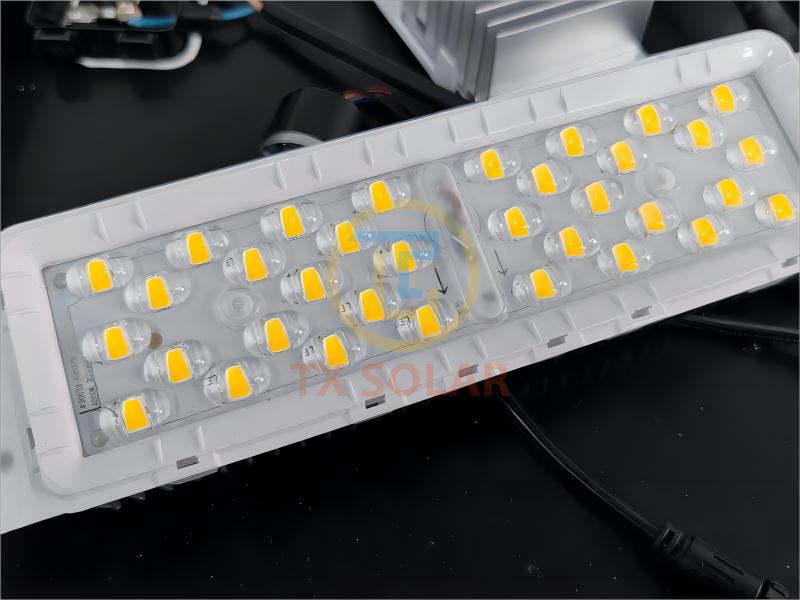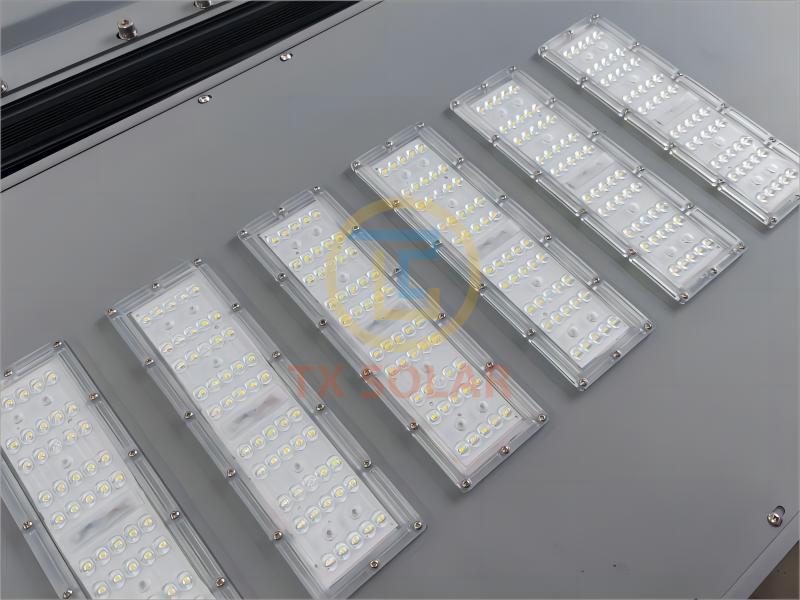The production process of LED lamp beads is a key link in the LED lighting industry. LED light beads, also known as light emitting diodes, are important components used in a variety of applications ranging from residential lighting to automotive and industrial lighting solutions. In recent years, due to the advantages of energy saving, long life, and environmental protection of LED lamp beads, their demand has increased significantly, leading to the progress and improvement of production technology.
The production process of LED lamp beads involves multiple stages, from the manufacture of semiconductor materials to the final assembly of LED chips. The process begins with the selection of high-purity materials such as gallium, arsenic, and phosphorus. These materials are combined in precise proportions to form semiconductor crystals that form the basis of LED technology.
After the semiconductor material is prepared, it goes through a rigorous purification process to remove impurities and enhance its performance. This purification process ensures that the LED lamp beads provide higher brightness, color consistency, and efficiency when in use. After purification, the material is cut into small wafers using an advanced cutter.
The next step in the production process involves the creation of the LED chips themselves. The wafers are carefully treated with specific chemicals and undergo a process called epitaxy, in which layers of semiconductor material are deposited onto the surface of the wafer. This deposition is performed in a controlled environment using techniques such as metal-organic chemical vapor deposition (MOCVD) or molecular beam epitaxy (MBE).
After the epitaxial process is complete, the wafer needs to go through a series of photolithography and etching steps to define the structure of the LED. These processes involve the use of advanced photolithography techniques to create complex patterns on the surface of the wafer that define the various components of the LED chip, such as p-type and n-type regions, active layers, and contact pads.
After LED chips are manufactured, they go through a sorting and testing process to ensure their quality and performance. The chip is tested for electrical characteristics, brightness, color temperature, and other parameters to meet the required standards. Defective chips are sorted out while functioning chips go to the next stage.
In the final stage of production, LED chips are packaged into final LED lamp beads. The packaging process involves mounting the chips onto a lead frame, connecting them to electrical contacts, and encapsulating them in a protective resin material. This packaging protects the chip from environmental elements and increases its durability.
After packaging, LED lamp beads are subjected to additional functional, durability, and reliability tests. These tests simulate real working conditions to ensure that LED lamp beads perform stably and can withstand various environmental factors such as temperature fluctuations, humidity, and vibration.
Overall, the production process of LED lamp beads is highly complex, requiring advanced machinery, precise control, and strict quality inspection. Advances in LED technology and optimization of production processes have greatly contributed to making LED lighting solutions more energy-efficient, durable, and reliable. With continuous research and development in this field, the production process is expected to be further improved, and LED lamp beads will be more efficient and affordable in the future.
If you are interested in the production process of LED lamp beads, welcome to contact LED street light manufacturer TIANXIANG to read more.
Post time: Aug-16-2023


